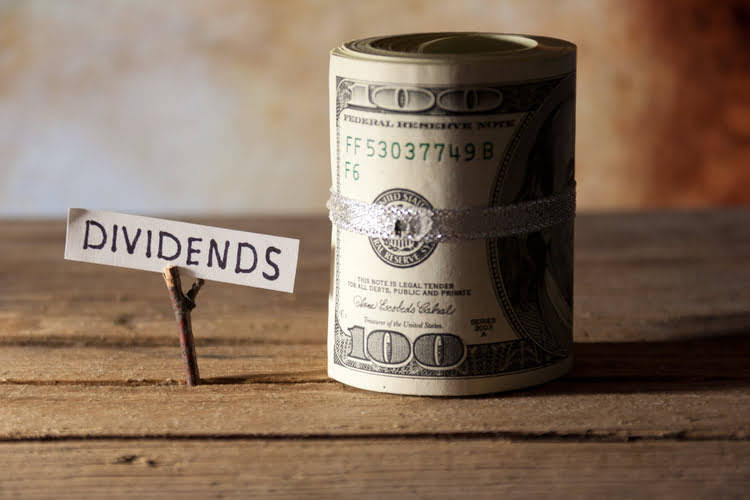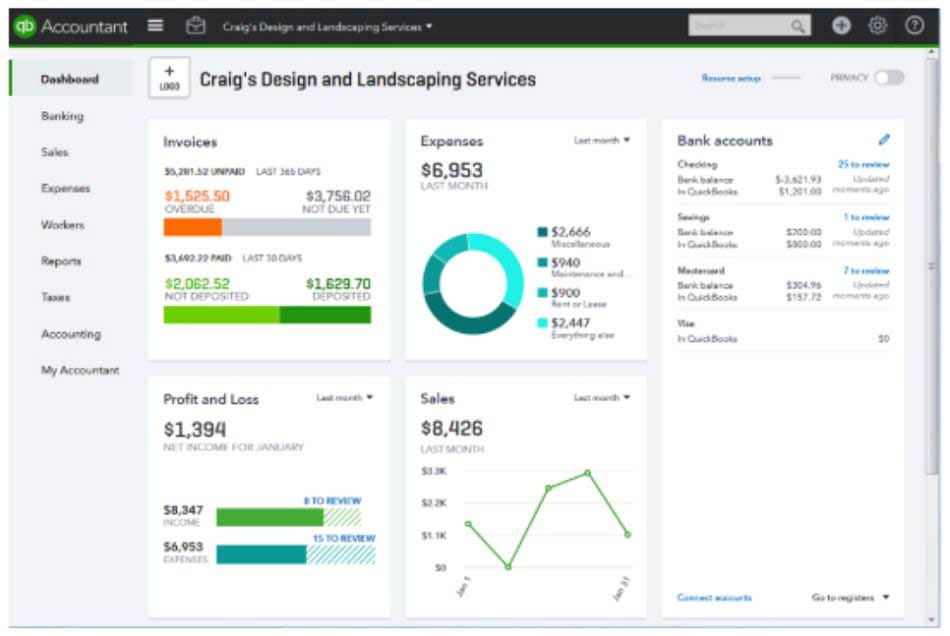
Since this ratio measures the profits from selling inventory, it also measures the percentage of sales that can be used to help fund other parts of the business. Gross margin ratio is a profitability ratio that compares the gross margin of a business to the net sales. This ratio measures how profitable a company sells Bookkeeping for Chiropractors its inventory or merchandise. In other words, the gross profit ratio is essentially the percentage markup on merchandise from its cost.

Net income / average total assets

Net profit margin helps the company assess its overall profitability. Companies and investors can determine whether the operating costs and overhead are in check and whether enough profit is generated from sales. The gross margin ratio is calculated by dividing the different between net sales and cost of goods sold by net sales. By putting the gross margin calculation into a percentage format, management can analyze profitability trends year over year without regard to fluctuations in sales. A higher gross profit margin indicates a more profitable and efficient company.
Gross Profit

To illustrate the gross margin ratio, let’s assume that a company has net sales of $800,000 and its cost of goods sold is $600,000. As a result, its gross profit is $200,000 (net sales of $800,000 income summary minus its cost of goods sold of $600,000) and its gross margin ratio is 25% (gross profit of $200,000 divided by net sales of $800,000). The gross margin ratio is the proportion of each sales dollar remaining after a seller has accounted for the cost of the goods or services provided to a buyer. The gross margin can then be used to pay for administrative expenses as corporate salaries, marketing expenses, utilities, rent, and office supplies.
- If you find they report significantly higher gross margins, consider what they might be doing differently and whether it could apply to your company.
- Profitability ratios are useful because you can compare performance to prior periods, competitors, or industry averages.
- The EBITDA formula adds back interest, tax, depreciation, and amortisation expenses.
- However, such measures may have negative effects such as decrease in sales volume due to increased prices, or lower product quality as a result of cutting costs.
- Overall, you can use profitability ratios to monitor business performance.
- Most commonly, profitability ratios measure gross profit margins, operating profit margins, and net profit margins.
What do profitability ratios measure?
The machine’s cost is reclassified to a depreciation expense as the company uses the machine to produce revenue. Excluding the impact of COVID-19 vaccinations, pharmacy claims processed increased 0.3% and 1.0% on a 30-day equivalent basis for the three months and year ended December 31, 2023, respectively, compared to the prior year. Announced CVS CostVantageTM, which evolves our pharmacy reimbursement model and brings greater transparency and simplicity to the system. CVS CostVantage will define the drug cost and related reimbursement using a simplified formula built on the cost of the drug, a set markup and a fee that reflects the care and value of pharmacy services. CVS Pharmacy plans to launch CVS CostVantage to commercial payors in 2025.
- The gross profit margin may be improved by increasing sales price or decreasing cost of sales.
- Management can also use this calculation to judge what types of products need to be purchased and sold more quickly.
- Fast food retailers often have a gross profit ratio somewhere in the middle, around 30% to 40%.
- The formula then divides that number by the sum value of debt and equity.
Final Thoughts: Evaluating Gross Profit Margin
Cost and use drive your material costs, so analyse your production and avoid wasting materials. Accounting software can help business owners post accounting transactions and create invoices quickly, which reduces costs. Similarly, amortisation expenses post when you use an intangible asset in the business. Let’s assume that the company buys a patent on a manufacturing process, and the patent has a remaining life of 20 years.

The formula then divides that number by the sum value of debt and equity. Return on assets (ROA) measures how effectively a company uses assets to generate revenue and profits. An average balance is the sum of the beginning period balance and the ending period balance, divided by two. Making bottom-line profit begins with making sales and earning sufficient gross margin from those sales. The gross margin must cover the expenses which ratio is found by dividing gross margin by sales? of making sales, operating the business, and paying interest and income tax expenses, so that there is an adequate amount left over for profit. Since gross margin is a way to measure company profitability and efficiency, the higher the gross margin number, the better.